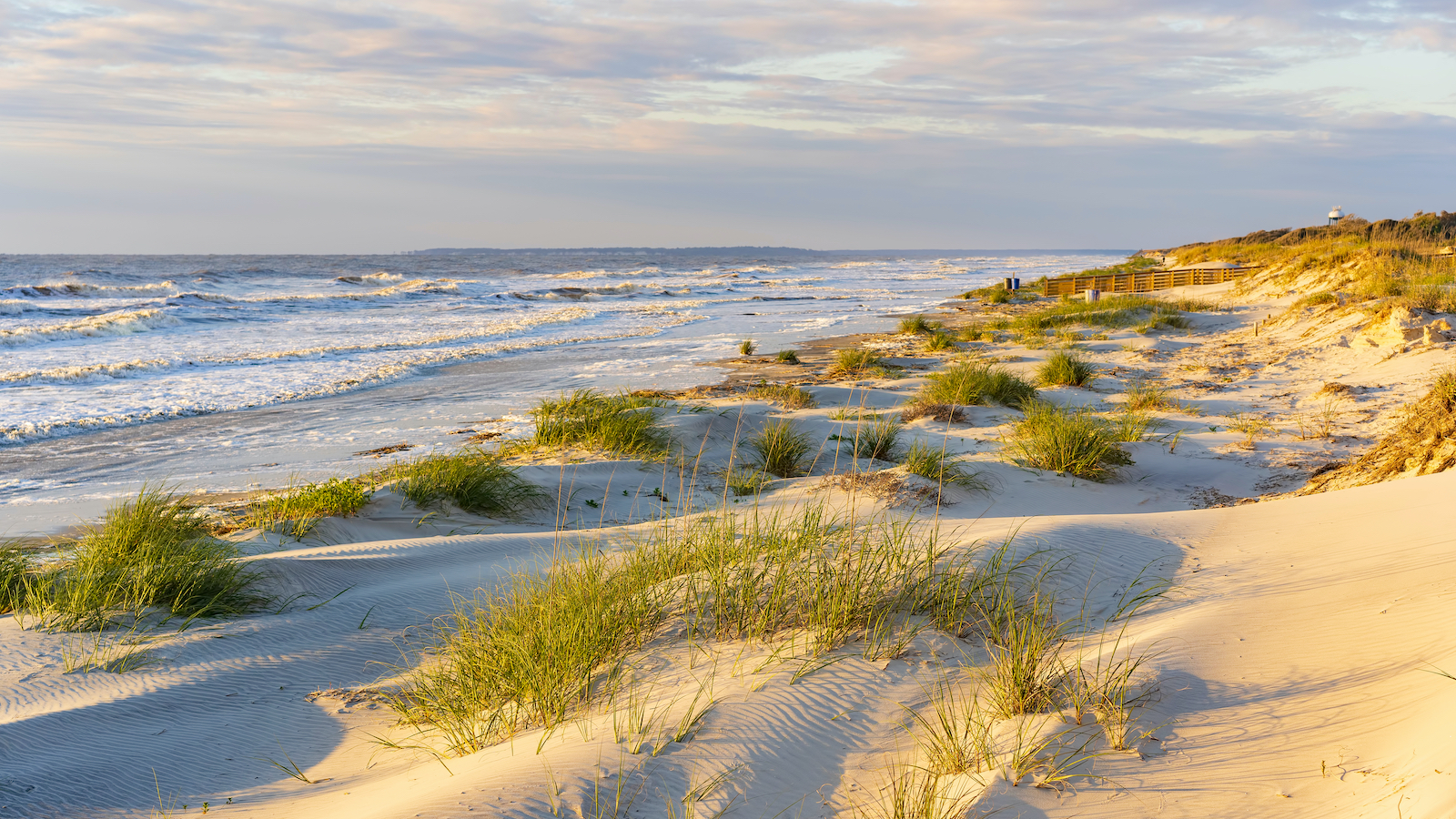Are beaches safe for swimming?
If it’s safe to go to the beach, it should be safe to go swimming. Too often, though, it’s not.

By Olivia Valicenti, creative associate with Environment America
If it’s safe to go to the beach, it should be safe to go swimming. Too often, though, it’s not. Growing up near the coast in Massachusetts, I was taught from an early age the dangers of a beach day. What the different colored flags on lifeguard stations mean, how to get free of a rip tide, and why I should get out of the water when too many seals are nearby (because sharks follow). I was never once warned of bacteria in the water.
Yet each year, millions of Americans are sickened by swimming in contaminated water. Environment America Research & Policy Center’s new report, “Safe for Swimming,” sampled data from beaches in 29 coastal and Great Lakes states and Puerto Rico and found that nearly one of every eight beaches were potentially unsafe on at least a quarter of the days that sampling took place in 2019. And in every coastal and Great Lakes state and Puerto Rico, sampling revealed potentially unsafe levels of contamination in 2019.
Why it matters: Not only do our beaches often have elevated levels of bacteria that makes conditions unsafe for swimmers, but beachgoers are rarely properly informed of the water’s safety. That means we too often unknowingly risk our health when we cool off with a quick dip in the water.
Human contact with contaminated water can result in ear and eye infection, skin rash, respiratory disease and other illnesses.
The big picture: What’s contaminating the water so many Americans use for swimming? Stormwater runoff, as a result of covering the ground with impermeable concrete; overflows from aging sewage systems; and manure from factory farms are the big three problems. These threats are only getting worse as climate change warms our waters and makes storms and flooding more frequent. Specifically:
-
Overdevelopment has created more impervious surfaces that lead to stormwater runoff into our waterways. It’s also destroyed natural areas such as wetlands, which act as natural filters.
-
Our national sewage infrastructure is outdated and deteriorating. While they might be unpleasant conversation topics, sewage systems that were designed to discharge waste directly into waterways are still in operation, especially near the Great Lakes.
-
Even more unpleasant: The rise of factory farms has resulted in large concentrations of manure that is often overapplied to crops. All too often, rainfall washes excess manure from crops into our waterways where it can put swimmers’ health at risk.
So yes, our beaches may sometimes be unsafe to swim in. But there are steps we can take to change that.
Our policymakers should be working to protect us and our beaches by stopping pollution at its source and protecting natural areas. Policies that would help include:
-
Increased funding to fix sewage systems and prevent runoff pollution with natural and green infrastructure, such as rain barrels and green roofs.
-
Protection and conservation of our natural filters of bacteria: wetlands.
-
Enactment of moratoriums on factory farm operations in areas that would threaten waterways.
That’s to stop the problem. What can be done to help swimmers decide if they should swim?
Officials and states should:
-
Expand funding for beach testing and ensure testing at all beaches.
-
Use the Environmental Protection Agency’s most protective “Beach Action Value” standards to make beach advisory decisions.
-
Work to implement same-day bacteria testing and warning systems.
Here’s what you can do about it: Take action to protect our beaches by telling your legislators to invest in water infrastructure that prevents the stormwater runoff and sewage overflows that put swimmers at risk. Sign the petition today.
Photo Credit: Ken Schulze via Shutterstock


